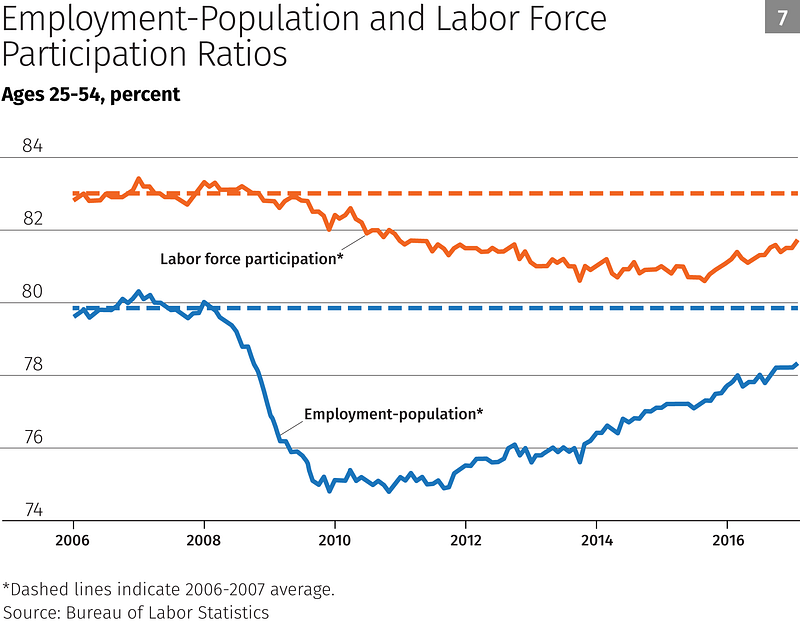The freshman House representative Ro Khanna wants to see a broad rethinking of how the government evaluates mergers like Amazon-Whole Foods.
Source: The Silicon Valley Congressman Ro Khanna Takes On the Amazon-Whole Foods Merger – The Atlantic
the FTC and DOJ need to consider all of these factors and make a holistic determination: Is a merger on balance helping wages, jobs, investment for innovation, and prices? Or is it, on balance, not?
And the problem of the current antitrust legislation is that it’s just a litmus test on prices and doesn’t consider all these other equally important factors. And that’s really the philosophical debate between Brandeis and the consensus all the way from Theodore Roosevelt versus the shift to free-market absolutism that Robert Bork enabled.
